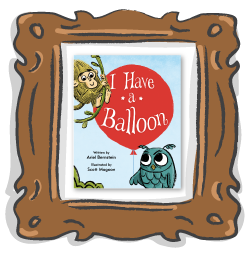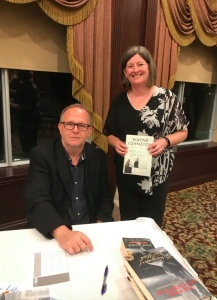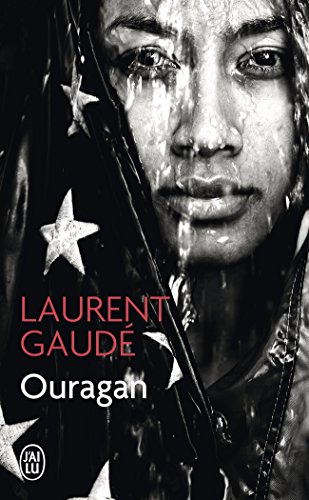
Rating: 1 Star ★☆☆☆☆
This is the month when Hitler and Stalin meet while strolling in the Castle Park at Schönbrunn, Thomas Mann nearly gets outed and Franz Kafka nearly goes mad with love.
About
The stuffy conventions of the nineteenth century are receding into the past, and 1913 heralds a new age of unlimited possibility. Kafka falls in love; Louis Armstrong learns to play the trumpet; a young seamstress called Coco Chanel opens her first boutique; Charlie Chaplin signs his first movie contract; and new drugs like cocaine usher in an age of decadence.
Yet everywhere there is the premonition of ruin – the number 13 is omnipresent, and in London, Paris, Vienna, Berlin, Trieste, artists take the omen and act as if there were no tomorrow, their brief coincidences of existence telling of a darker future. In a Munich hotel lobby, Rilke and Freud discuss beauty and transience; Proust sets out in search of lost time; and while Stravinsky celebrates the Rite of Spring with industrial cacophony, in Munich an Austrian postcard painter by the name of Adolf Hitler sells his conventional cityscapes.
Told with Illies’s characteristic mixture of poignant evocation and laconic irony, 1913 is the story of the year that shaped the last century.
Review
1913 is the year before the Great War. It’s the year of Franz Marc, Picasso, Débussy and Thomas Mann. It is the year Adolf Hitler moved to Munich.
So how on earth can you make this year as utterly boring as possible? Read 1913 and find out.
This book just wasn’t for me. I found the writing style utterly unmoving. The book is divided into months, with the author chronicling what happens in each month. But the writing style is just soooo boring and pompous.
Schönberg was born on 13 September – and he was terrified at the idea of dying on Friday the 13th. It was no good. Arnold Schänberg did in fact die on Friday the 13th (although in 1913+38, or 1951). But 1913 also had a fine surprise in store for him. He would receive a slap in the face. But one thing at a time.
And now enter Thomas Mann.
It reads like listening to that pretentious dude at the party who just namedrops artists and writers to show how cultured he is.
But none of the people described in this book get any life! It remains just a collection of anecdotes. These are fascinating people, each one could fill a whole book yet in this one they are about as interesting as papercuts.
Else Lasker-Schüler has just wrapped herself up in lots of blankets when she hears the shrill doorbell dragging her from her daydreams. Lasker-Schüler – wild, black eyes, dark mane, lovesick, unfit for life – envelopes herself in her oriental dressing gown and opens the door to the postman, who holds out her mail: her severe and distant friend Kraus’s bright red Die Fackel from Vienna and then, just below, a little blue miracle – a postcard from Franz Marc, the Blaue Reiter artist.
There’s also zero political context in this book. It mentions Hitler, and Wilhelm II but overall there is no sense of the impeding catastrophe that is World War I. Without knowing what comes in 1914, you’d never know that this is the year before the war just by reading this book.
It’s fine that the book focusses on the artistic and literary scene of the time but it should give us some context. These artists didn’t live and work in a vacuum. They were impacted by the time they were living in.
Conclusion
Ugh. Pretentious, boring, lacking in life. Not for me.
Advertisements Share this:- More





